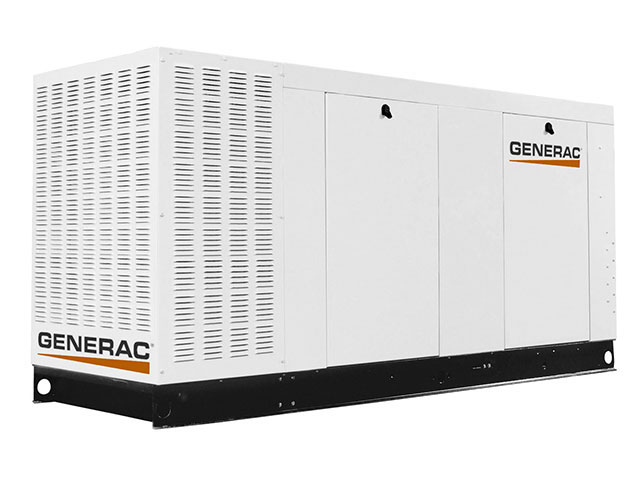How to Create an Emergency Response Plan
In the event of any emergency situation, preparedness can be the difference between life and death. Creating an emergency response plan will save lives and keep everyone safe and stable until the crisis has passed.
Creating a proper response plan is simple and can be done in a few steps.
1. Set Performance Objectives
The first thing that you should do when creating an emergency response plan is clearly list all of the milestones that should be reached to achieve the ultimate goal: safety. Common milestones include:
- Assessing risks by identifying potential threats and hazard scenarios
- Creating evacuation plans for these emergency scenarios
- Training and preparing employees and others in your care for these situations through drills
- Having a store of essential supplies on hand to address problems that will arise in an emergency
- Developing a backup plan in case Plan A has failed
- Mitigating risks and preventing hazards by upgrading safety equipment and building a culture of preparedness among employees or others in your care.
2. Assess the Risks
After setting objectives, further develop the plan by assessing all of the risks that may result in an emergency situation. Natural disasters like hurricanes and tornadoes are common scenarios to be prepared for in areas that frequently experience them.
3. Create Evacuation Plans and Drills
Next, create evacuation plans for your building or area and train those in your care to deal with them head-on through drills. This will build a culture of preparedness and save lives by training everyone involved to keep a calm and rational mind.
4. Have Essential Supplies on Hand
Preparing for a disaster largely involves having the supplies needed to address every need and prevent further injuries or loss of life. Basic preparedness supplies include:
- Generators and fuel
- First aid kits
- Water
- Food
- Batteries
- Flashlights
- Fire extinguishers
Power, nutrition, and first aid are the three essential types of equipment to invest in. Each serves to aid in survival more than mere comfort.
Assess the quantity of supplies you will need based on how many people are regularly in your care and have enough to last for one week. At the very least, you should have enough for three days.
5. Develop A Backup Plan
You should have at least two plans prepared because conditions can change quickly and your first plan may no longer be safe to enact. Train and drill your employees/people in your care on both plans; when/if and an emergency situation arises, everyone will be able to work together in what would otherwise be a potentially disastrous scenario.
6. Prevent Hazards and Mitigate Risks
You may be able to prevent an emergency altogether by upgrading safety equipment and training others on proper safety procedures. Have your sprinkler system and fire extinguishers inspected. Keep protective gear on hand (i.e. masks, gloves, eye protection).
Be prepared for the worst, but be proactive by investing in prevention.
Creating an emergency response plan for the workplace or your own household is crucial to your survival. Develop your plan and be prepared now before disaster can strike.

